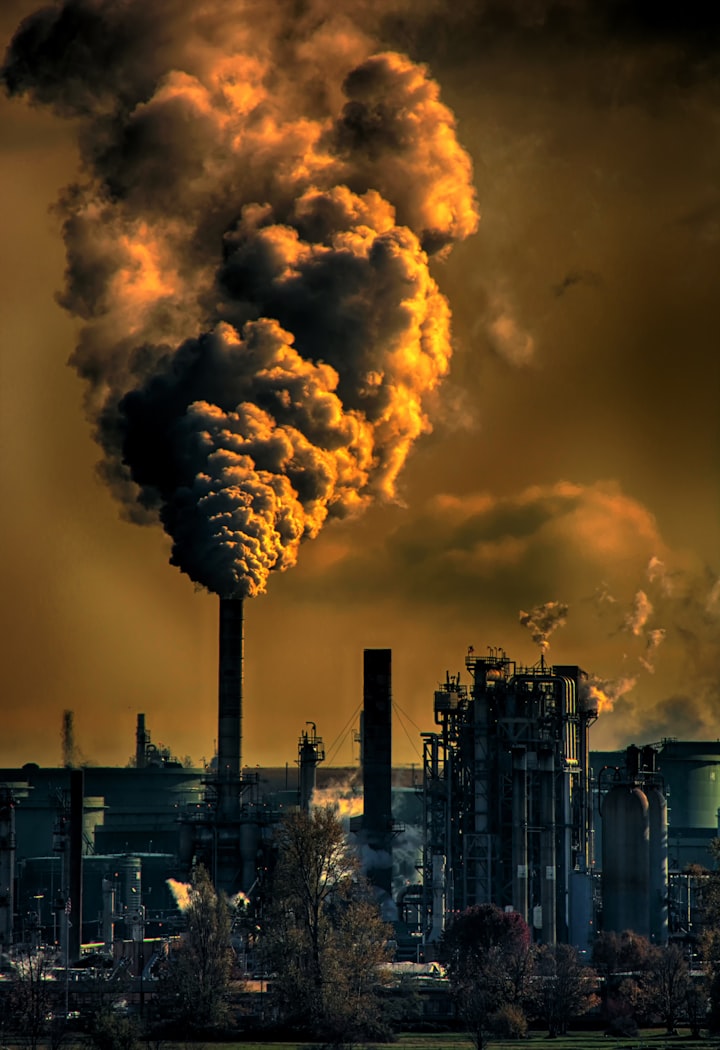
Navigating rivers can be a perilous endeavor, and the hazards extend beyond the obvious challenges of raging currents and turbulent waters. Even seemingly calm and serene rivers can harbor hidden threats, from aggressive reptiles to toxic waters, concealed tunnels, and unpredictable undercurrents. In this exploration, we delve into some of the world's most dangerous rivers, where dangers lie beneath their deceptively tranquil surfaces. Each waterway has its unique set of risks, making them stand out among the most treacherous rivers globally.
Let's commence our journey in Southern Africa, where the River Wharf snakes through Yorkshire, England. Despite its unassuming appearance, this river has earned a reputation for swallowing people whole, primarily due to a perilous stretch between Barton Tower and Bolton Abbey. Measuring a mere six feet across, this narrow passage allows water to gain incredible speed, creating an environment where unsuspecting individuals can be pulled under by treacherous tunnels, never to resurface.
Venturing across continents to the jungles of Peru, we encounter the Chambira River, aptly named the Boiling River or La Bamba. Spanning a length of 6.4 kilometers, this unique waterway reaches temperatures exceeding 200 degrees Fahrenheit. Originally believed to be a myth, the Chambira River was kept secret by the Ucayali indigenous community, who considered it sacred. However, with its discovery, the once-hidden river revealed itself as a hazardous environment where third-degree burns are a real threat, emphasizing that danger can take various forms beyond the traditional perils of river navigation.
Our exploration moves to Africa, where the Congo River, known as the "Heart of Darkness," showcases not only its historical significance but also its perilous nature. As the second-longest river in Africa and the deepest globally, the Congo River's upper section is riddled with tributaries and rapids, while the lower section features waterfalls and the infamous "Gates of Hell" canyon, filled with impassable rapids. These elements contribute to a challenging environment for river travelers, underlining that the dangers of rivers extend beyond mere navigation.
In Spain, the Rio Tinto stands out with its captivating red hue. Stretching 62 miles, this river, once attractive to miners for its copper, iron, silver, and gold deposits, has transformed into a toxic waterway. The acidic mine drainage dissolved heavy metals, turning the Rio Tinto into a hazardous environment devoid of aquatic life. It serves as a stark reminder of how human activities can irreversibly alter the nature of a river, posing threats to both the environment and anyone who comes into contact with its waters.
Moving to the Americas, we encounter the Tarcoles River in Costa Rica, notorious for being the most crocodile-laden river globally. With over 2,000 crocodiles believed to inhabit its waters, the Tarcoles River poses a formidable threat, reminding us that the dangers of rivers can come in the form of formidable and aggressive wildlife.
The Red River in the United States, stretching 1,360 miles, paints a picturesque scene with its stunning red okra color. However, its beauty conceals strong undercurrents and violent whirlpools, making it perilous for unsuspecting swimmers. The river's unpredictable currents and submerged debris lead to drownings and rescue operations, emphasizing that appearances can be deceiving when it comes to assessing the dangers of a river.
In Australia, the Brisbane River, amid its scenic allure, harbors bull sharks and a history of drowning incidents. Despite its aesthetic appeal, swimming in the Brisbane River is cautioned against due to the presence of these formidable sharks, underscoring the diverse nature of dangers that rivers can pose.
Internationally renowned rivers such as the Amazon and the Nile reveal their darker sides, showcasing the array of lethal creatures that inhabit their waters. Piranhas and electric eels lurk in the Amazon, while crocodiles, hippos, and venomous snakes populate the Nile. These iconic rivers, celebrated for their historical and cultural significance, remind us that navigating their waters requires an awareness of the diverse dangers they harbor.
Our journey concludes in Indonesia, where the Sitaram River stands as a stark testament to the consequences of environmental neglect. Spanning 170 miles, this river has earned the infamous title of the most polluted river globally. Pollutants from textile factories, including toxic dyes, mercury, and arsenic, combined with copious amounts of human waste, have transformed the Sitaram River into a hazardous dumping ground. The stark contrast between its surreal appearance and the detrimental impact on communities and ecosystems underscores the urgent need for environmental stewardship.
In essence, the dangers posed by rivers transcend the surface and highlight the intricate relationship between human activities and the health of these vital waterways. From perilous tunnels to scorching temperatures, aggressive wildlife, and rampant pollution, rivers around the world demand our respect and careful consideration to ensure the safety of both humans and the ecosystems they support
About the Creator
Līva
World is interesting place. Scary, but worth living.
Nature is full of surprises and people are... well, people are something else.
Art is the best doctor.





Comments
There are no comments for this story
Be the first to respond and start the conversation.